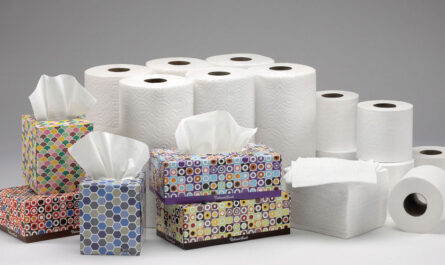Mailer Packaging Materials
The first consideration when sending packages through the mail is choosing the proper packaging materials. The most common types of materials used for mailer packaging include cardboard boxes, bubble wrap or air pillows, foam peanuts, kraft paper, and tape.
Cardboard boxes come in various standard sizes and are likely the most widespread Mailer Packaging option. They provide structural protection and allow items to be shipped both domestically and internationally. When selecting a box, allow extra space around items being shipped to prevent shifting during transport.
For delicate or breakable items, cushioning materials inside the box are essential. Bubble wrap and air pillows mold to item shapes for impact protection. Foam peanuts fill empty space and brace against walls to prevent rattling. Make sure to use enough cushioning to fully surround items.
Kraft paper is a brown, tear-resistant paper useful for wrapping odd-shaped items or reinforcing boxes. It adds an extra layer of protection without much added bulk. Packaging tape in various widths is a must-have for sealing flaps and wrapping paper securely in place.
Proper Packaging for Specific Shipping Needs
Beyond selection of materials, the style of packaging may need to be tailored based on shipping method, carrier requirements, and recipient needs. Here are some examples:
For USPS or UPS Ground shipping within the US, a simple cardboard box with cushioning should suffice for most items. Ensure dimensions and weight comply with parcel sizes and avoid excess waste.
When shipping internationally, additional documentation may be required like customs forms. Sturdier boxes with extra reinforcement on edges and corners hold up better to longer transit times and handling.
Perishable or temperature-sensitive items need special consideration. Insulated boxes, cold packs, and cushioning that won’t freeze are critical. Inform recipients of any special storage needs.
Fragile electronics or breakable items packing involves careful multi-layer cushioning, possibly with a padded mailer within a sturdy outer box. Clearly mark contents as fragile to ensure careful handling.
Oversize packages exceeding parcel limits may need to be shipped as freight. Coordinate packaging and labeling with the carrier in advance for accurate quotes and requirements.
Proper Labeling is Paramount
Once the packaging is complete, clear labeling wraps up the job. Address information directly on the package should include:
– Recipient name and delivery address formatted per carrier guidelines
– Return address in case of return/undeliverable package
– Appropriate postage paid indicated such as stamps, prepaid label, or shipping label
– Any special instructions like signature required, fragile, this end up, etc.
– Tracking number or customs forms if shipping outside domestic grounds
Labels should withstand moisture and be placed prominently without covering important information. Print clearly in dark, weather-resistant ink or use pre-printed labels.
Additional Identification
For valuable or important shipments, including identification inside the package brings peace of mind. Small labels or shipping cards with recipient and sender information tucked discreetly provide proof of contents and destination if the exterior label is damaged in transit.
Certain items like electronics may have regulatory identification requirements to include in international shipments too. Confirming all expected identification and documentation is included ensures smooth delivery.
Quality of Packing Quality of Experience
With care taken in material selection, effective cushioning techniques, proper sizing, clear labeling, and extra identification measures even fragile or irregular items can be confidently shipped via major carriers.
Quality packaging preserves the condition in which items were sent and eliminates surprises upon receipt. It conveys respect for the item as well as consideration for the recipient’s experience. Taking time for quality boxing and wrapping contributes greatly towards repeat business and positive brand perception.




